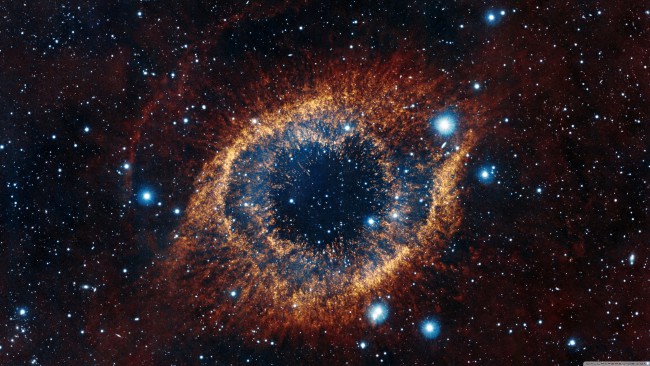
The universe is full of mysteries, and the explanations are sometimes crazier than observations. And if sometimes it seems that the solution is literally pulled from the hat, hypotheses and theories are always based on cold, hard science. Especially difficult to account for astronomical observations — because we cannot, roughly speaking, to reach for the stars. In the best case, our picture of the cosmic world is theoretical. How this theory helps in practice is another question.
Once dark matter was “more compliant”
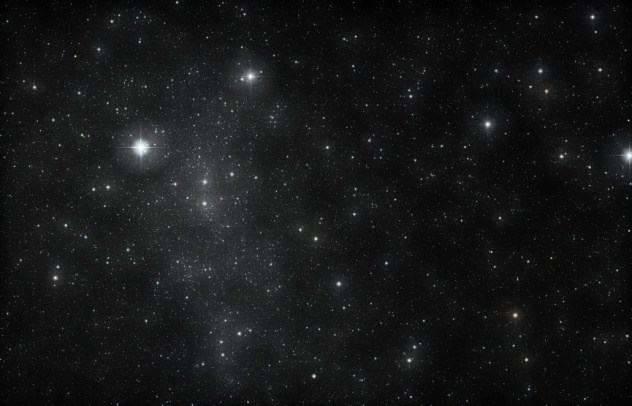
Dark matter remains annoyingly mysterious because of his refusal to interact with other particles and forces. A group of eighteen scientists formulated the idea that explains the shy nature of the mysterious substance. They suggested that dark matter wasn’t always a space hermit. When the universe was younger, in his state of the hot plasma, dark matter with a pleasure mingled with ordinary matter, due to surrounding her hot madness. But as the cooling of the Universe dark matter calmed down and lost its ability to affect the electromagnetic force.
This behavior of dark matter can be explained by the game of quarks, elementary particles that bind together and form useful to us hadrons, such as neutrons and protons. At low temperatures quarks are coagulated in the above-mentioned large items, but at high temperatures they can indiscriminately interact with other particles. It is interesting that the congregation of ordinary and dark matter is so similar in size that in the early stages between them could be reached a balance.
Galactic wormhole

Scientists say that wormholes are not so impossible — just need to get some exotic matter. Unfortunately, the ingredients we are extremely short, and it is unclear whether such matter exist and do not explode. Fortunately, there is a second way to acquire a convenient wormhole. According to scientists in India, Italy and North America, needed only a tremendous mass… as in the centers of galaxies the milky Way type, for example.
We live in the milky Way galaxy, so we can assume that our galactic center, which is just 25 000 light years from us, respects necessary for the wormhole conditions. This area is densely Packed with matter not only stars but also gas clouds and the giant black hole Sagittarius A*, as well as hidden dark matter. All this mass is concentrated in a relatively small galactic center, and perhaps it will be enough to collapse space-time itself to itself, creating a short trek to a remote part of the Universe.
This idea was born at the junction of secret knowledge about General relativity and maps of the density of galactic dark matter. It may be that countless galaxies secretly serve as wormholes connecting the Universe invisible “galactic transport system”.
Volcanic asteroids
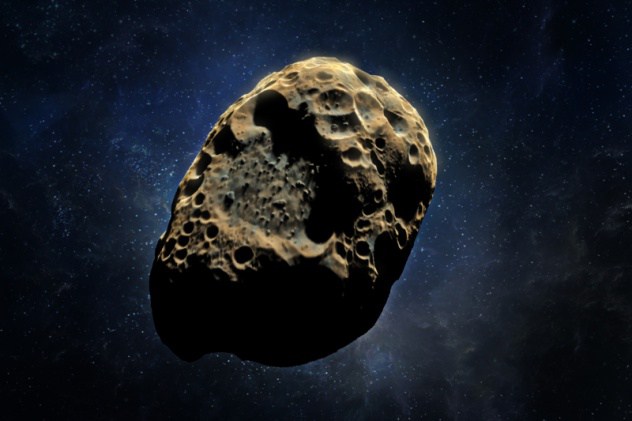
The catch of more than 600 of space rocks known as meteorites of Almahata-Sitta, was separated from the asteroid 2008 TC3 and fell in the Nubian desert in Sudan in 2008. And has given us an unexpected picture of the early Solar system: after only 6.5 million years after the formation of the first solids in the Solar system, Earth’s neighborhood could be filled with volcanic flaming asteroids.
Unique samples of Almahata-Sittah have different minerals, which have never been found in one piece, including rich silicon orality. According to astronomers, they are born in the process almost instantaneous crystallization in the process of rapid volcanic events that exclude the possibility that these rare breeds were formed as a result of explosive forces that accompany meteorite impacts.
Astronomers predict that in a young Solar system had at least one volcanically active asteroid. But as the asteroid was volcanic? Billions of years ago when the Solar system’s only erupted teeth, she was boiling broth colliding solids. the effect of cosmic Billiards and a residual energy left over from the disastrous fall, turned the asteroid 2008 TC3 (and many others) in a molten hell.
Hairy dark matter
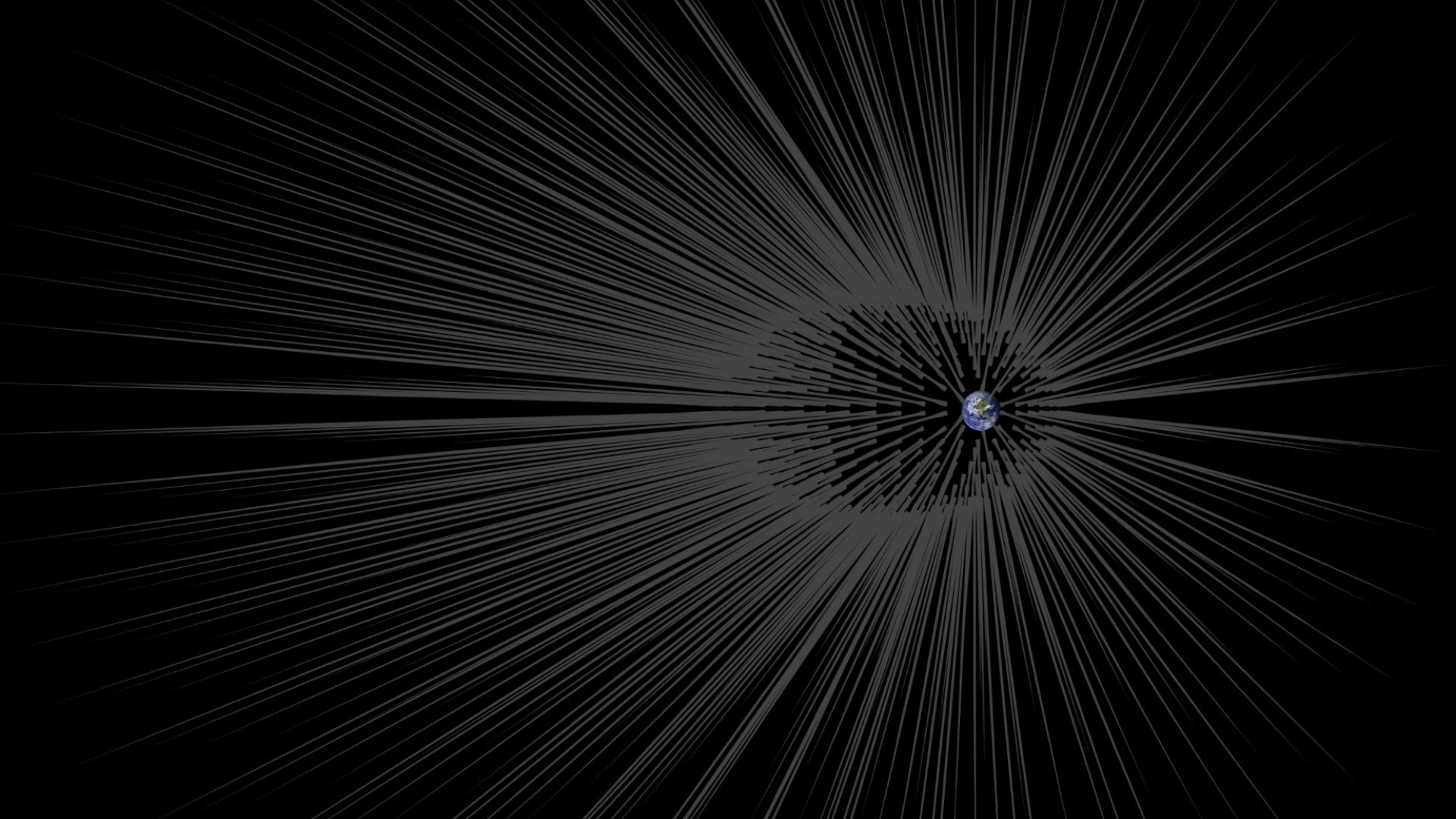
Despite the fact that we have never directly observed dark matter, simulations and observations have revealed some of its features. Mysterious substance is electromagnetic not only apathetic, but also a little bit lazy, rarely getting out of his gravity bed. Therefore, the proposal Gary Preso from NASA JPL may seem strange: he believes that dark matter particles may be arranged in outer rows.
Giant streams of ordered particles of dark matter — if dark matter indeed consists of particles spread across our Solar system, like chocolate strips in yogurt. When the fibers of dark matter are faced with a large and hard object (like the Earth), they envelop it as hair. If dark matter can be seen, the Earth would be similar to planetary porcupine.
And just as hair grows out of our heads, a filament of dark matter begins with a dense and thick root and ends in a sharp tip. If this hypothesis is confirmed, we will have a great chance to study dark matter. Presumably, these hair stretched one-third the distance to the moon.
Hungry Sun
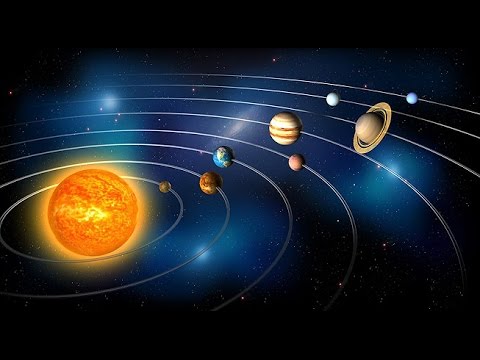
Studying other solar systems, astronomers have found many planetary bodies that revolve near their stars much closer than mercury to the Sun. In our Solar system in the solar vicinity are no significant objects. What?
A recent study by Rebecca Martin and Mario Livio of UNLV, says that a long time ago planetary bodies have been in this now empty region of space. They were formed after collected the wreckage of the inner Solar system, and then were tragically devoured by a hungry Sun, which, like the Titan Kronos devoured his own children.
Observation of distant solar systems and suspicious emptiness between our own star and the smallest planet, has led scientists to conclude that mercury, Venus, Earth and Mars once shared an arena with the fifth planetary counterpart. According to scientists, a thick disk of debris located between the Sun and mercury, lasted long enough to cool off and gather in a dense super-earths. But this planet did not have long to exist within the Sun and very soon she succumbed to inexorable gravity and the appetite of the star.
Time ago

Time seems simple enough, but if you think about it, it is infinitely complex and constantly confuses even the brightest minds. What started time? Why it flows forward? If the direction of time is defined, why the fundamental laws work well when they introduce physics in reverse time? One hypothesis offers at least a partial answer to this puzzle: our universe is not alone.
Time in our Universe moves forward because of entropy. From the beginning of the Universe, when everything was collected at one point, formed an environment that everything has to go in the direction of disorganization, and so the time gained focus. This is the current interpretation, anyway. One hypothesis suggests that in the moment of the Big Bang, the universe was born nursing, a strange place with a strange time, which operates in accordance with gravity, not thermodynamics. In addition, this parallel existence of the arrow of time reversed in order to compensate for our progressive seconds, minutes and hours.
Within a very small-scale partial representation of the Universe in 1000 particles, physicists have observed that gravity, apparently, can influence the organization of particles in any time direction. Another theoretical study showed that the particles may experience reverse entropy. Ultimately, the researchers suggested primary schism, which divided the time in two opposite directions.
The orbital inclination of the Earth

The earth is strange. This is the only known planet that is inhabited by strange life forms, and suddenly its orbit is tilted relative to the equator of the Sun. But orbital oddity — not a local mystery: is observed and other bodies In the Universe astronomers have observed a lot of gas giants with orbits that strangely tilted relative to their parent stars.
This should not be, if we assume that the planets formed from a disk of debris around their stars, planets are formed as usual. An astronomer from Caltech’s Konstantin Batygin believes that these changes are due to the soft (and sometimes not) the gravitational push stars-partners. Since most star systems are binary, it can explain a lot of inclined orbits.
Remarkably, it may indirectly indicate that the Sun once had the honor to dance with another star. She had long departed, but left a living legacy — the strange orbit of the Earth.
The first stars
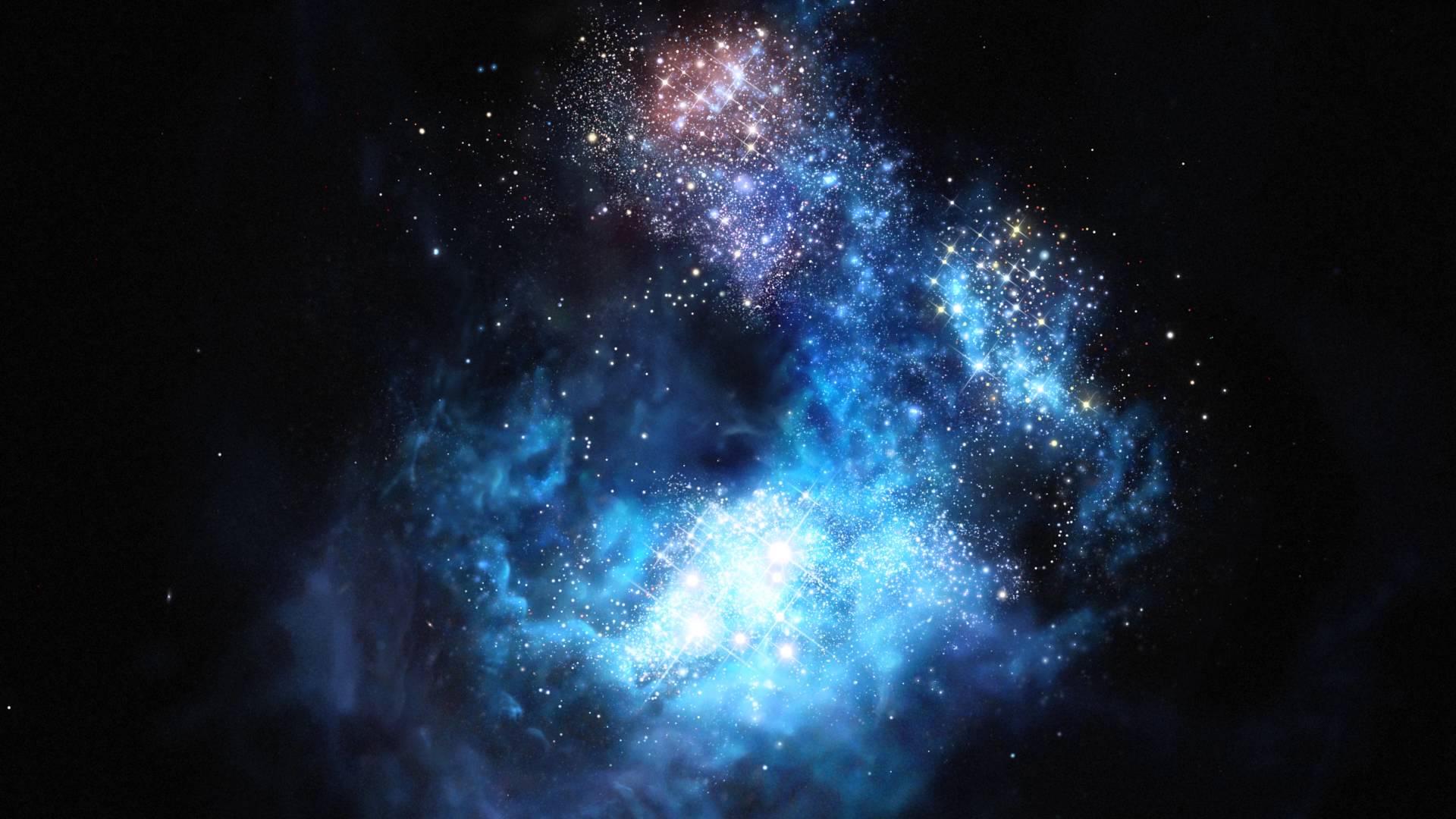
When Big Bang suddenly spewed itself into the light nearly 14 billion years ago, it came in the form of hydrogen, helium and lithium. Heavy elements, to which we are accustomed, appeared only with the first stars.
In search of the earliest protagonists of the Universe, astronomers are trying to sniff out objects with a deficit of the most complex elements. One of the standouts was recently seen Very Large Telescope of the European southern Observatory in Northern Chile. From the depths of space drew a very dim photons galaxy CR7, a relic of an age of 13 billion years and the most luminous galaxy of all that ever was observed.
CR7 means Cristiano Ronaldo and COSCOM Redshift 7, ID how intense the light is stretched during its painfully long journey from the early Universe to the astronomers telescope. Thus, it produces redness of his age. CR7 is in a very filled region of space in the constellation Sextant.
This ancient galaxy is full of helium, but, oddly enough, has no heavy elements. This discrepancy may indicate that astronomers observe the very first generation of stars. The so-called population III stellar progenitors are heavier elements, which congenerous in planets and other stars into the bags with meat.
Megallica
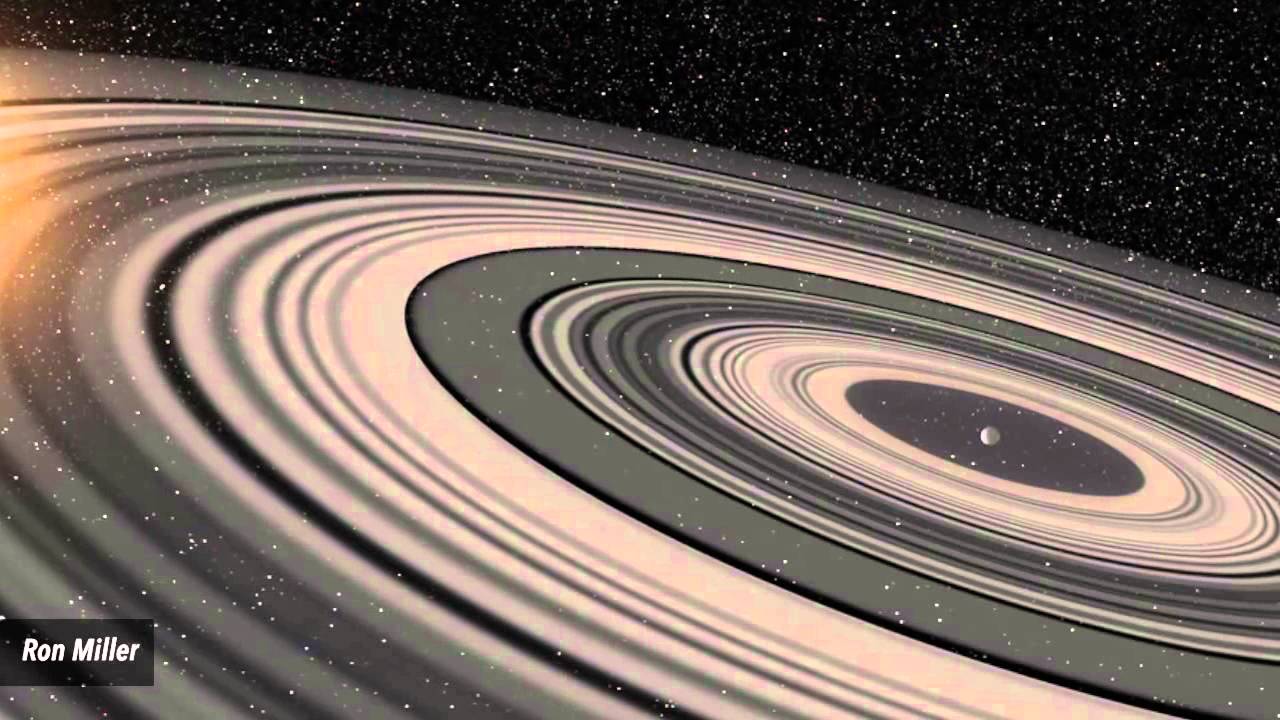
Young gas giant orbiting a young star J1407, which is only 434 light years from Earth, astronomers put in the impasse of its anomalous light curve. It is expected that such a planet is much more even Jupiter, must reflect a huge amount of light of the stars. But instead, she demonstrates periodic eclipses do not like anything absolutely.
The culprit? Gigantic ring system 200 times bigger than Saturn that surrounds the planet J1407b. Only this feature can explain the nature of eclipses, which sometimes persist for a few weeks, but let slip to the random photon, which would be impossible in the case of the Eclipse a solid body. This makes sense, given the granular nature of the rings.
Each massive ring is stretched to tens of millions of kilometers in diameter, and surrounded by J1407b at least 30 such icy and rocky rings. In addition, astronomers have found gaps in these rings, caused, probably, by the fact that ecolony sweep away the debris as you rotate. Unfortunately, all these rings are only temporary and one day will turn into satellites.
Asteroids and dark matter
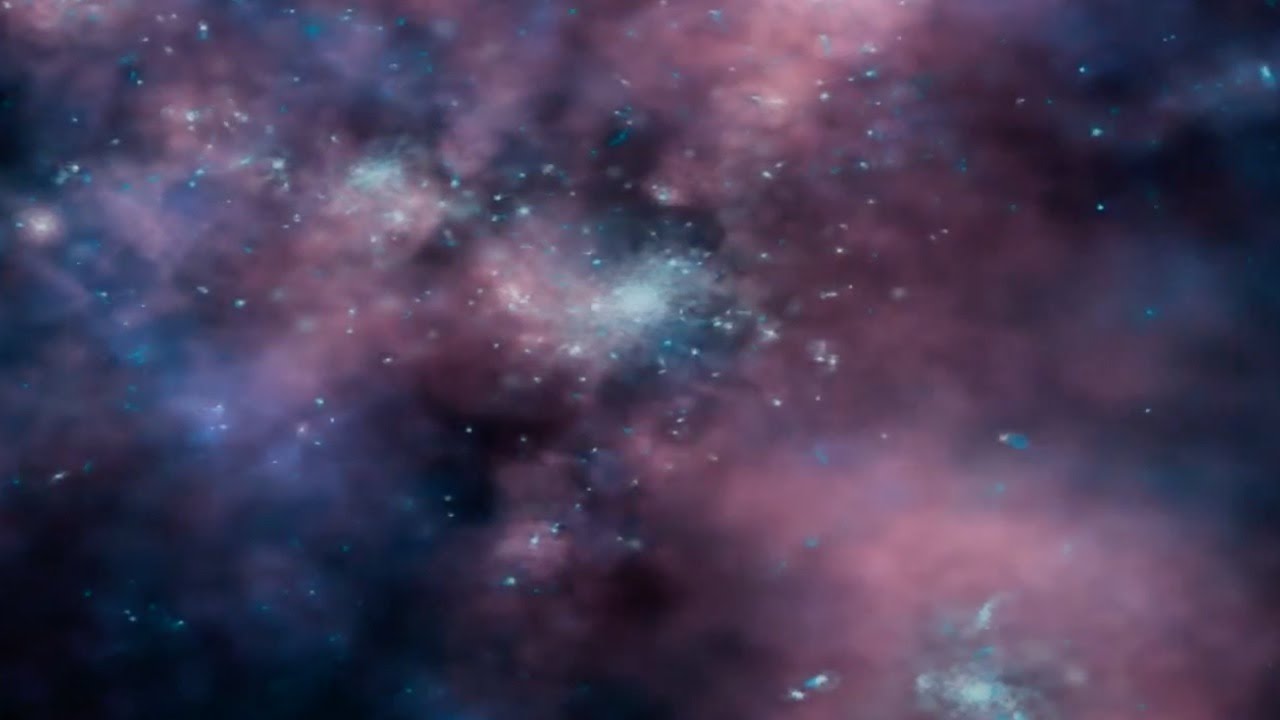
Several asteroids and subsequent extinction paved our evolutionary path on the bones of mighty beings who would never have agreed to the current domination of man. Why these falls are occurring with surprising frequency? Aliens put us on a space counter?
The answer, according to Harvard astrophysicist Lisa Randall and Matthew Rice, is in dark matter: a thick layer of dark matter about 35 light-years thick directs towards the Earth space rocket. Located in the Central plane of the milky Way, this is the layer that pulls all sorts of asteroids and comets and sent them to our defenseless planet. Based on the fact that the fall of large meteorites occur about every 30 million years, astrophysicists believe that their hypothesis is more than likely as an explanation for extinctions on Earth.
10 incredible hypotheses to explain strange astronomical observations
Ilya Hel
